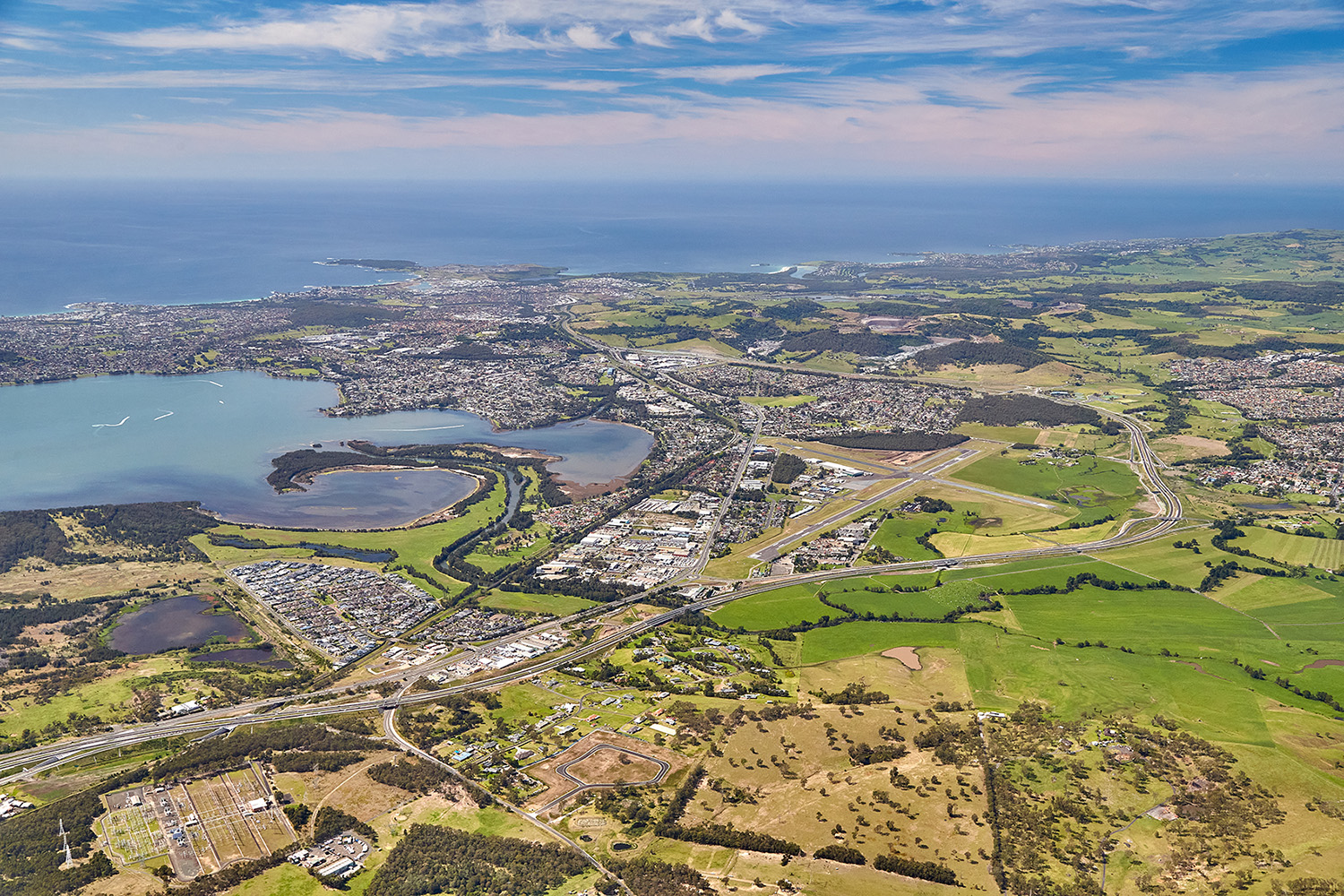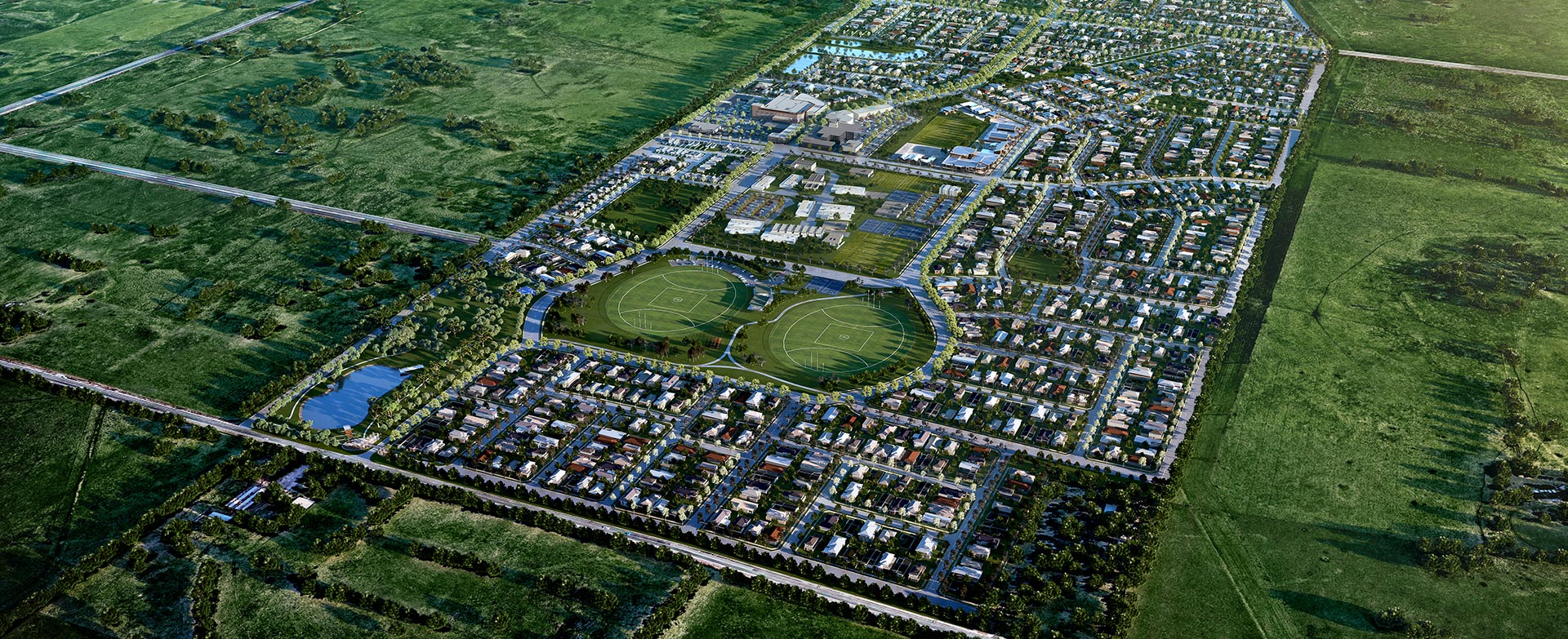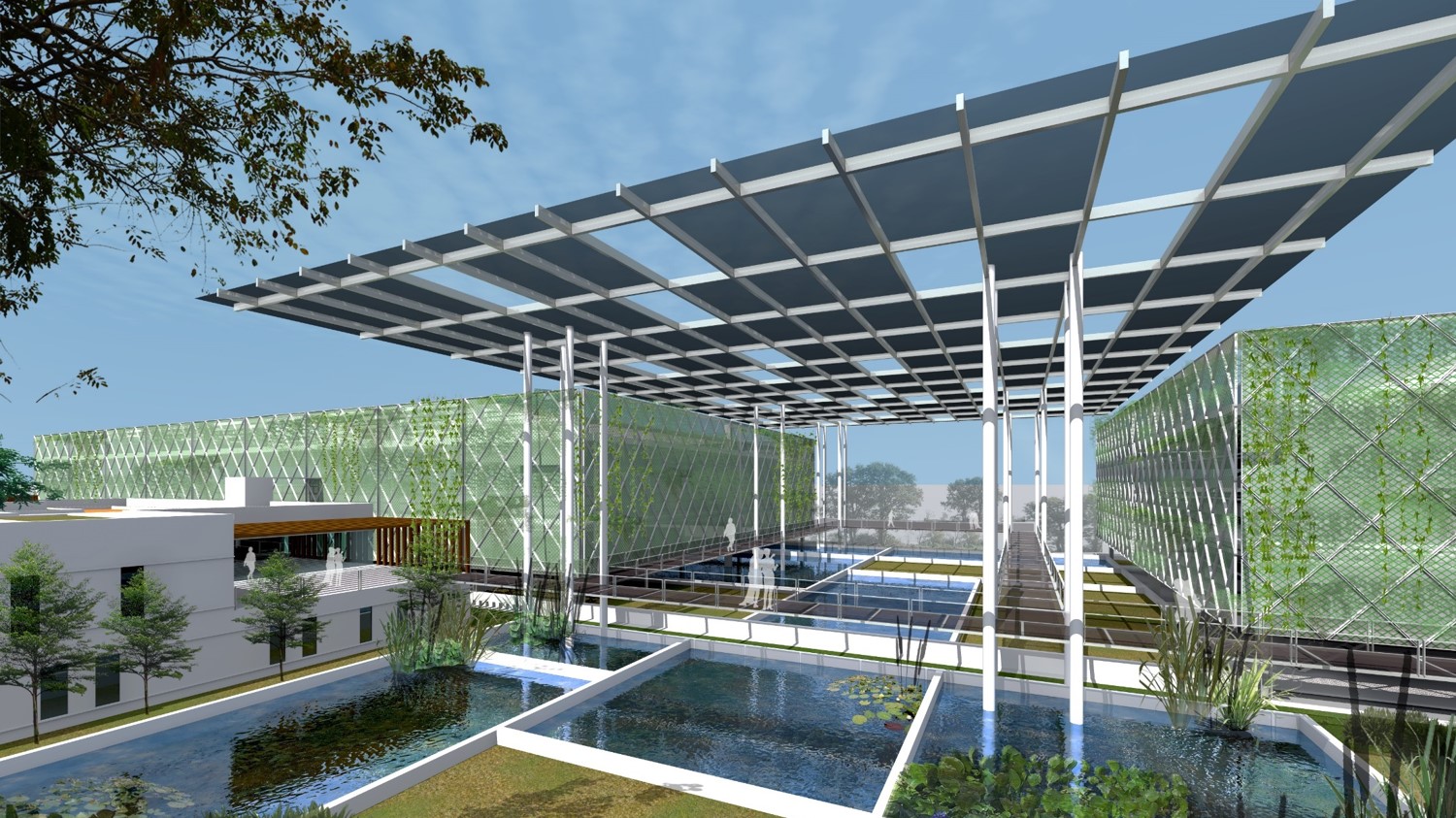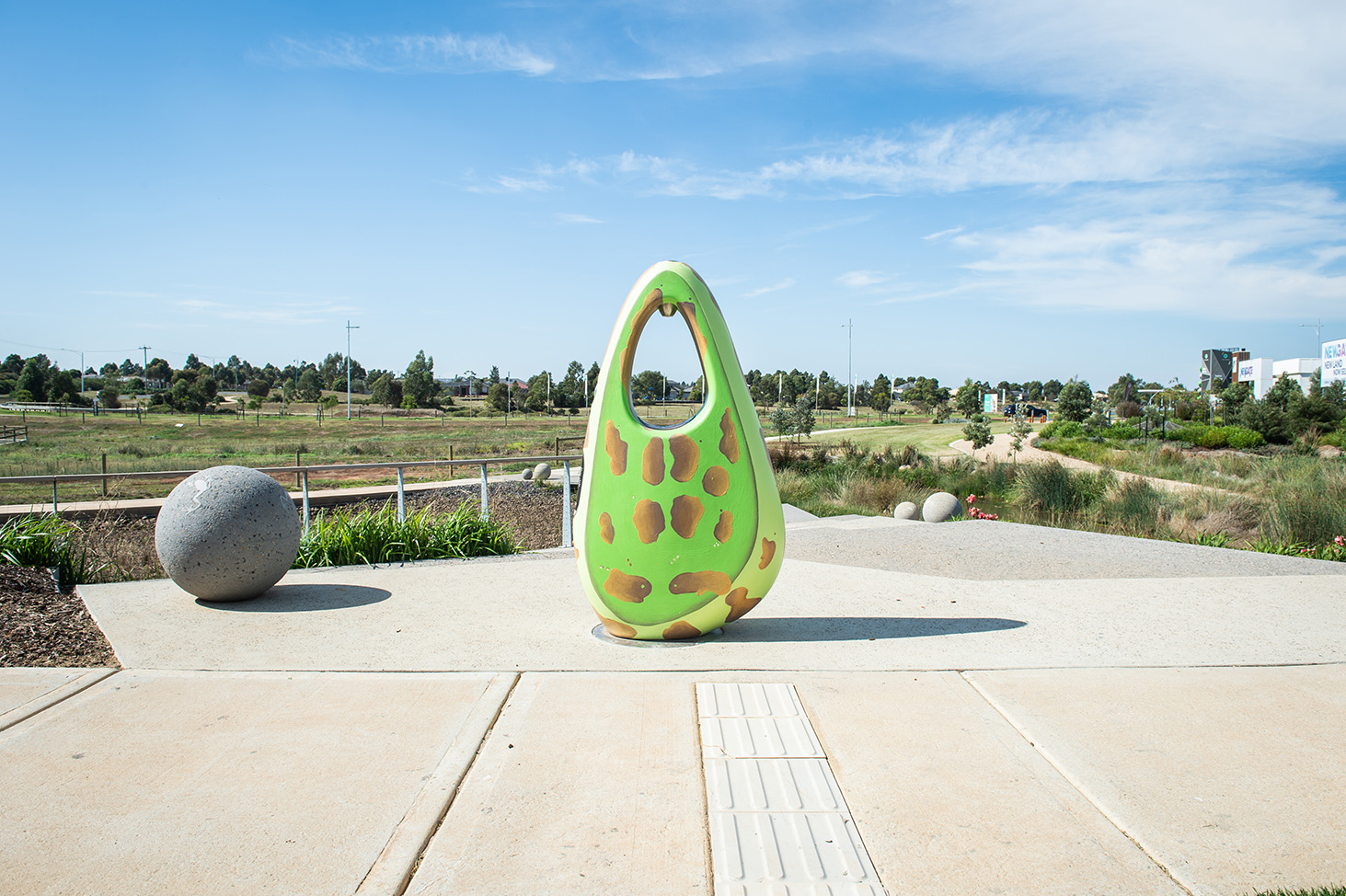
Q: Can you describe three projects you have worked on during your career that have had a significant impact?
Reas Beeston: For a section or tourist road between Stanwell Park to Bald Hill (south of Sydney) I took on the investigation and design manager role for the project. I worked with Transport for New South Wales (TfNSW) to plan the delivery of a geotechnical investigation, concept and detailed design for 1km length of Lawrence Hargrave Drive (LHD) between Stanwell Park to Bald Hill, NSW. This portion of road forms a significant part of the tourist drive between Sydney and Wollongong. The existing road was showing signs of destabilisation at nine locations and has required ongoing maintenance by TfNSW. I worked closely with TfNSW and managed a small team of geotechnical and structural engineers to execute the investigation, deliver the concept design, and detailed design solutions to TfNSW.
The Albion Park Rail Bypass has been the first large scale state infrastructure project that I have worked on solely as the lead site geotechnical representative from start to finish during the construction phase. The project was geotechnically complicated with varying conditions from soft ground in flood plains to extremely high strength rock cut. At time up to 6 geotechnical engineers were onsite full time provide support for varying aspects. The bypass has been a significant milestone for the south coast.
At the commencement of my career I was fortunate enough to work on the iconic Sea Cliff Bridge to assess an existing landslide in the northern amphitheatre between the two bridge segments. The scope of work evolved to installation of geotechnical instrumentation and a near real time monitoring program with TfNSW. This introduction to monitoring instruments and installation techniques paved the first steps of my professional career which geotechnical instrumentation has now grown to becoming a key aspect of my geotechnical work in NSW.
Q: As the Design Site Geotechnical Representative for the full construction phrase of the Albion Park Rail Bypass, could you tell us the geotechnical innovation which contributed to the project’s successful completion?
Reas Beeston: I am incredibly proud of our achievements on this project, as a 2km portion of the Albion Park Rail Bypass (APRB) was founded on complex soft soils which posed an engineering challenge for embankment conformance. SMEC’s design solution included wick drains installed into the soft soils to alleviate pore pressures during embankment preload and surcharge construction. Transport for NSW (TfNSW) specification requires a granular layer at the interface between the top of the wick drains and the underside of the embankment to allow excess pore water to dissipate freely.
The granular layer specification is somewhat prescriptive and requires a specific processed quarried material (similar to a clean beach sand). At commencement of construction, Fulton Hogan (FH) struggled to find a locally available product. Working as the Design Site Geotechnical Representative and having local knowledge to the Illawarra I was able to propose an alternate readily available material to FH along with a geotechnical specification to support its requirements and performance. The proposed alternate material was to recycle granular coalwash reject stockpiled at local mine sites which is available, in excess supply and a significant cost reduction compared to a processed material.
A sequence of laboratory testing, onsite trials and development of site geotechnical documentation allowed for a recycled material to be placed in lieu of quarried material along the 2km length of soft soil area. FH and TfNSW were able to maintain project program and budget whilst recycling a locally sourced material avoiding the need for quarrying.
Q: What do you think the future holds for the geotechnical industry in Australia and what would be the sectors greatest challenge?
Reas Beeston: The rate of knowledge being captured and shared by the geotechnical engineering community is rapidly growing in Australia. With more knowledge and development, the geotechnical engineering industry is going to continue to grow as people become more aware of its significance.
The sectors greatest challenge is one of the key challenges that exist right now, and that is successfully interpreting the actual ground model onsite and turning it into an engineering model that can be quantified by numbers and equations, and explained to the boarder engineering community. Civil Engineers and Engineering Geologists need to continue to work together to strengthen their means of data collection, communication and interpretation to identify and explain risk.
Q: Can you tell us about your journey to become an Associate Engineer – Geotechnics at SMEC?
Reas Beeston: I commenced my journey as a geotechnical engineer in 2011 and joined the SMEC NSW geotechnical team in 2015. Since my time at SMEC I have worked over a large area of NSW from Sydney, Blue Mountains and Illawarra down to Batemans Bay and Wagga, out to Parkes and Broken Hill.
During my time at SMEC I have been fortunate enough to further my professional development by completing a Master of Engineering Science in Geotechnical Engineering and Engineering Geology at UNSW, attending the Australian Geomechanics Society program Geology for Engineers in Adelaide and Transport for NSW course for Slope Risk Assessment. This professional development planted me with the prime opportunity to become a Chartered Professional Engineer with Engineers Australia in 2018 which opened the door to bigger and better opportunities with SMEC.
A recent significant milestone is having the opportunity to work for three years on the Albion Park Rail Bypass as the onsite geotechnical engineer and oversee the construction of 12 new bridges and operation of large plant including a ‘super-T’ lift with a duel 500 tonne and 750 tonne cranes. Since completion of my role on the Albion Park Rail Bypass my contribution and professionalism has been recognised at SMEC and I was promoted to Associate Engineer in mid-2021. Achieving this milestone has been very exciting and given me a boost of motivation to close out the year.
Q: What opportunities has working at SMEC provided you? And what advice would you give to young geotechnical professionals?
Reas Beeston: SMEC has provided the opportunity to work on varying projects over NSW from small investigations and designs through to large scale state infrastructure projects. The range of work has always provided challenging experiences and opportunities which makes work interesting. My advice to other young geotechnical professionals is to say ‘yes’ to opportunities and to spend as much time as possible in the field observing.
Related
insights
 70 Years Forward: Urban communities
70 Years Forward: Urban communities
Urban development has changed dramatically over the past 20 years and future transformation will continue to occur swiftly. At SMEC, we are preparing for seismic shifts in urban development practices that could potentially rewrite how we design the spaces in which we live and work.
 "Break down the barriers through the quality of your contribution"
"Break down the barriers through the quality of your contribution"
SMEC Senior Programmer Mobina Zafar was named Young Female Professional of the Year at the Surbana Jurong (SJ) International Awards held in Brisbane, Australia in December 2018.
 Floating ponds – urban fish farming to transform global food production
Floating ponds – urban fish farming to transform global food production
Over-fishing, poor management of fish stocks and the impact of a changing climate mean that we must now look increasingly for new ways of satisfying the global demand for fish as a sustainable source of food. The development of the Floating Ponds urban farm concept – a radical systems based design incorporating innovative engineering and technology – holds the potential to turn the dream of efficient, self-sustaining food production into a reality.





